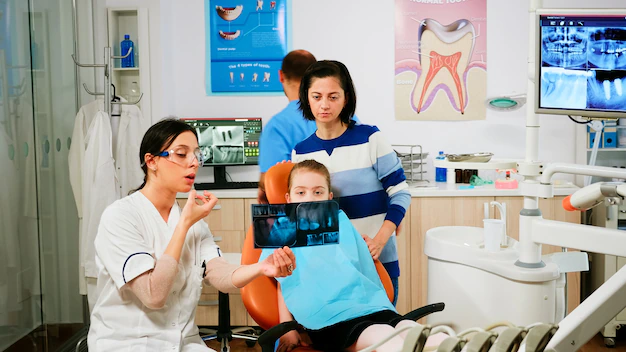During routine exams and cleanings, your child’s pediatric dentist will begin taking dental X-rays from an early age. Film X-rays have been criticized in the past for causing radiation and other negative effects. But, with today’s digital imaging technology, you won’t have to worry about these issues. Continue reading to learn why your child’s dentist uses X-rays and how they have improved in recent years.
What Are The Different Types Of X-rays?
Before delving deeper into this topic, you should be aware of the different types of X-rays used in dentistry.
- Intraoral X-rays – The most frequent type of dental radiography creates images from within the mouth. They show fine details of teeth and supporting bones, allowing your child’s dentist to assess tooth development and root health, detect cavities, and determine how securely the jaw bone anchors teeth, as well as any possible dental crown needs.
- Extraoral X-rays – They are taken outside of the mouth and focus on the larger bones of the skull, particularly the lower and upper jaw. These photos assist your child’s dentist in monitoring the status of the jaw joint and detecting issues like impacted teeth.
Bitewing radiographs are a common use of dental X-rays in children. The little tabs or wings attached to the films or sensors that the youngster bites on give Bitewings their name. They’re especially useful for detecting deterioration between the rear teeth, where cavities are commonly hidden. Bitewing X-rays are extremely safe, exposing a child to just a fraction of the radiation they would receive from natural background sources in the environment on a daily basis.
- Orthodontic X-rays – This type of X-ray exposes your child’s complete head. These images can be invaluable in arranging orthodontic treatments to address misaligned or crooked teeth because the teeth are shown in the same image as the head and jaw.
- Panoramic radiography – This allows your kid’s dentist to acquire a complete picture of his or her mouth in just one photograph. Panoramic X-rays reveal not only the state of the teeth – including any that have yet to erupt – but also the condition of the upper and lower jaws, as well as the surrounding tissue and structures. They are used to examine teeth and supporting bone in general, as well as to analyze wisdom teeth in particular.
- Cone Beam Computerized Tomography (CBCT) – When the dentist needs to assess the spacing and development of your child’s teeth, this form of X-ray provides a three-dimensional view of the mouth.
Are Dental X-rays Really Safe For Kids?
Some dentists used film X-rays to capture photographs of the mouth in the past, and some still do today. These employed environmentally damaging chemicals and created enough radiation to be dangerous. Thankfully, most dentists now use digital imaging instead. They’re not only easier to use and share, but they’re also safer for your youngster because they release up to 90% less radiation than their older counterparts. They also provide the following advantages:
- Since the film is processed right away, your child’s dentist session will be cut short.
- More accurate diagnoses are possible with the help of crystal-clear imaging.
- Larger pictures are produced, making it simpler to see concealed cavities.
- In comparison to film, the digital grey scale gives 256 colors of gray.
- Other dental technology, such as intraoral cameras, can be combined.
- Your youngster will feel more relaxed because he or she will not have to chew on paper tabs while waiting for the photograph to be taken.
We hope that going through this blog has been of effective help. In case you are looking for the best pediatric dentist in Airdrie, AB, and nearby, book an appointment at South Airdrie Smiles.


